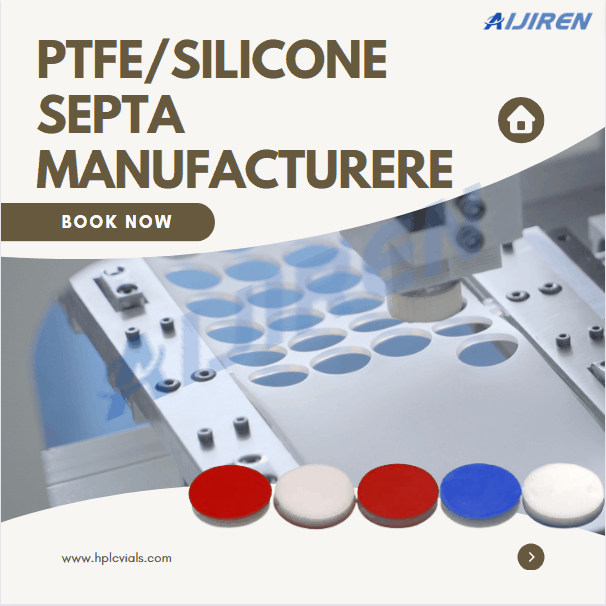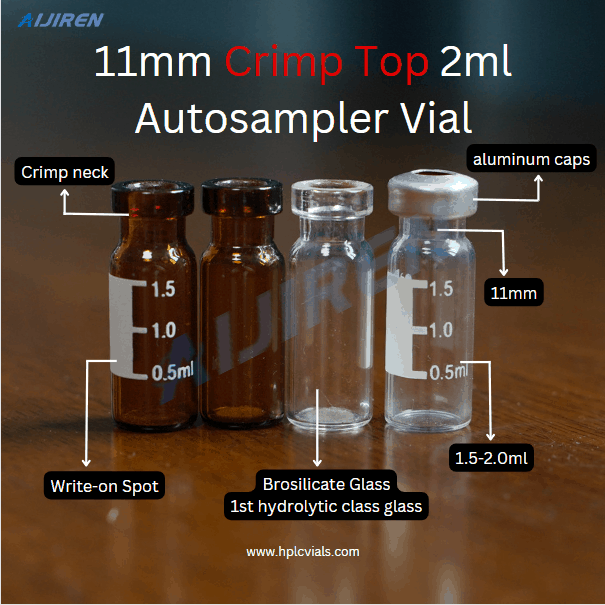What is the difference between HPLC and UPLC?
In short, there are two main differences between UHPLC and HPLC:
1. Maximum System Pressure Rating
2. Typical Particle Size Used in the HPLC Column Stationary Phase
But first, let’s answer some basic questions.
What is HPLC?
The term HPLC stands for High-Performance Liquid Chromatography. It is a technique that we can use to separate different constituents of a compound. Also, it is the most widely used technique to identify, quantify and separate components of a mixture. Besides, this technique uses high pressure to push solvents through the column. Furthermore, the major applications of HPLC are in biochemistry for the analysis of constituents of a compound. It is an ideal way to separate and identification of amino acids, nucleic acids, proteins, hydrocarbons, pesticides, carbohydrates, antibiotics, steroids, and countless other inorganic substances.
In brief, the method of operation of the HPLC technique is as follows. Firstly, we should introduce the sample into the stream of the mobile phase in discrete small amounts using a pump. The pump pressure should be maintained at 40 MPa. Then, this stream of mobile phase percolates through the column of HPLC. Also, the components in the sample pass through the column. However, their speeds of movement are different from each other. This difference arises due to the difference in the interactions between the sample components and the adsorbent inside the column. We call this adsorbent the stationary phase because it resides inside the column (not moving). Secondly, at the end of the column, we can collect the sample that elutes from the column. There we can determine the differences in retention times for each component in the sample.
What is UPLC?
The term UPLC stands for Ultra High-Performance Liquid Chromatography. It is a variation of HPLC, but the method of operation is the same. However, unlike HPLC, this method allows very small particles to be analyzed, such as 2 micrometers small particles.
Moreover, it provides a faster analysis. In this technique, we use a 100 MPa pump pressure for the insertion of the sample into the column. Hence, this high pressure confirms that the whole sample is introduced into the column. Thus, this is very efficient compared to HPLC.
Principles of HPLC and UPLC
The separation principle of HPLC is based on the distribution of the analyte (sample) between a mobile phase (eluent) and a stationary phase (packing material of the column). Depending on the chemical structure of the analyte, the molecules are retarded while passing the stationary phase. The specific intermolecular interactions between the molecules of a sample and the packing material define their time “on-column”. Hence, different constituents of a sample are eluted at different times. Thereby, the separation of the sample ingredients is achieved.
This Elevated – temperature chromatography, allows high flow rates by lowering the viscosity of the mobile phase, which reduces the column back pressure. Monolithic columns contain a porous support (polymerized) structure which provides lower flow resistance than any conventional particle-packed columns. Ultra Pressure Liquid chromatography(UPLC), improves in three areas: resolution, speed, and sensitivity.
UPLC and HPLC Fittings
In HPLC and UPLC, it is critical to make proper HPLC connections to avoid system leaks, which lead to dreaded instrument downtime. Prior to the pump, in both HPLC and UPLC, low-pressure fittings can be used; we recommend Flangeless Fittings for ease of use. These Flangeless fittings are typically ¼-28 threaded flat bottom ferrule connections. After the pump, system pressure dramatically increases due to the back pressure caused by the HPLC column (the smaller the particle size, the higher the system back pressure). It is imperative to make good connections in the high-pressure portion of the system, and we recommend Idex Fittings for HPLC and UPLC connections. Index Health and Science is the global authority in fluidics, and we recommend that all new chromatography (all chromatographers, actually) download the Idex Fittings 101 Guide, A Practical Guide to Connections and Fittings in Your Laboratory. The Fittings 101 Guide was designed to give you the fundamentals of equipment fittings and accessories, as well as the basics of liquid chromatography as an analytical technique.
HPLC vs UPLC – Differences
1. Pressure
One of the clearest differences between HPLC and UPLC is the pressure they can handle. Previously known as high-pressure liquid chromatography, you might think that HPLC is the superior option. However, while HPLC systems can handle up to 6,000psi, UPLC can handle up to 15,000psi.
2. Particle sizes
As well as handling higher pressure levels, UPLC has higher sensitivity. That means it allows for lower particle sizes within columns, making it suitable for low-component analysis.
3. Applications
Because of its higher sensitivity, UPLC can be used for more complicated samples, which may have lower quantities of various components. Some examples include dietary supplements and biological samples. On the other hand, HPLC is used for simpler applications like water purification and the detection of impurities in pharmaceuticals.
4. Popularity
Developed in 1967, HPLC was one of the most popular techniques for analytical laboratories from the 1980s to the early 2000s. When UPLC systems were introduced in the mid-2000s, they offered better flow rates and resolution with faster analysis speeds. As a result, UPLC is fast becoming the most popular system.
5. The verdict
While HPLC and UPLC share a broad purpose, the latter is a more recent development that offers a number of benefits over its predecessor. As a result, it’s becoming the more popular option, which can be used for a wider variety of applications, including more complicated mixtures. All that said, HPLC is still a reliable and commonly used technique in industries like pharmaceuticals.
Conclusion
UPLC is a form of HPLC. Thus, the operation methods are the same. But, we can find some improved features in UPLC compared to HPLC. Therefore, there is some difference between HPLC and UPLC. However, the key difference between HPLC and UPLC is that the HPLC allows for the analysis of particles having their size of around 5 micrometres whereas the UPLC allows for much smaller particles around 2 micrometres.
If you’d like to know more about HPLC and its relevant products, please check out the website www.hplcvials.com.
Back to List
-
 下午4:09Weighing the Pros and Cons of PTFE/Silicone Septa
下午4:09Weighing the Pros and Cons of PTFE/Silicone Septa -
 下午4:05Decoding Vial Discard Guidelines: Ensuring Precision in Chromatography
下午4:05Decoding Vial Discard Guidelines: Ensuring Precision in Chromatography -
 下午5:01Navigating Micro Inserts for HPLC Vials: A Comprehensive Guide
下午5:01Navigating Micro Inserts for HPLC Vials: A Comprehensive Guide -
.jpg) 下午2:02Common faults and solutions of automatic samplers(2)
下午2:02Common faults and solutions of automatic samplers(2) -
 下午5:08Ensuring Sample Integrity: Navigating EPA Storage Vials Stability Guidelines
下午5:08Ensuring Sample Integrity: Navigating EPA Storage Vials Stability Guidelines

